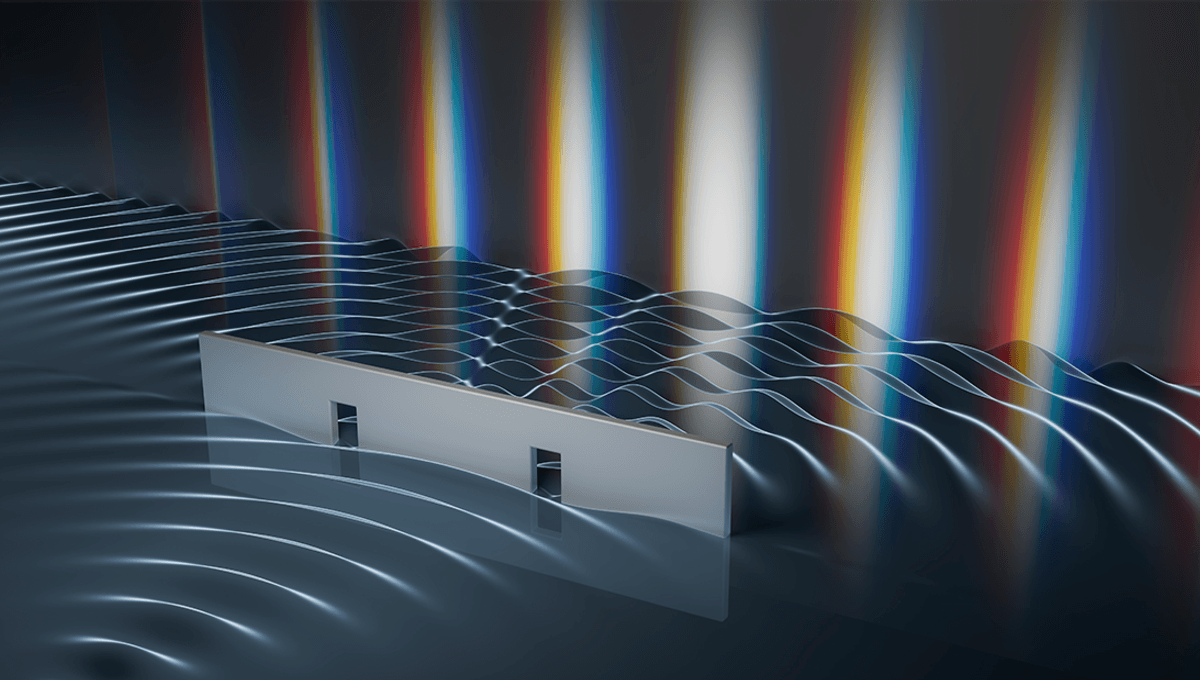-
Fil d’actualités
- EXPLORER
-
Pages
-
Blogs
-
Forums
Physicists Find A Way Around Heisenberg's Uncertainty Principle, One Of The Most Frustrating Concepts In Physics

Physicists Find A Way Around Heisenberg's Uncertainty Principle, One Of The Most Frustrating Concepts In Physics
A team of physicists say they have found a way to sidestep Heisenberg's uncertainty principle, one of the more troublesome and irritating rules of our universe.
The rest of this article is behind a paywall. Please sign in or subscribe to access the full content. Heisenberg's uncertainty principle, for the uninitiated, states that it is not possible to exactly measure or calculate both the position and momentum of an object at the same time. With macroscopic objects, for example a basketball or Danny DeVito, the principle doesn't matter too much. For example, you could measure Danny DeVito's position using light, and know that the light you used hasn't pushed him hard enough for you to be uncertain about his momentum. But in the quantum realm, it becomes a real problem. Before we measure an electron's position, its wavefunction is spread out over an area, giving us probabilities about where the electron will be found. Hit an electron with light to measure its position, and its momentum increases, shrinking its wave function and localizing it around its position. But with that, you lose information about the electron's momentum as you impart energy into the electron, altering it. The more precise you want to be about one property, the less you know of the other. The more you know of the object's position, the less you know about its speed and mass, and vice versa. This principle is as tested as it is frustrating, and has held up nearly a century after its discovery by Werner Heisenberg in 1927. But a team of physicists from the UK and Australia say that with a few clever little tradeoffs, it is possible to sidestep the principle and gain precision about both properties at a level better than the "standard quantum limit". "Imagine a clock with only one hand. If it’s the hour hand, we know the hour exactly but only roughly know the minutes. If it’s the minute hand, we can read minutes precisely but do not know the hour," Tingrei Tan and Christophe Valahu, two authors on the paper, explain in a piece for The Conversation. "We apply this same idea to quantum measurements. We redistribute the uncertainty so that we can simultaneously track small changes in position and momentum around a chosen point, even if we do not know the absolute location of the point itself. With this, we can detect very tiny changes in both position and momentum at once, beyond the limit of any classical sensor." The idea, first proposed in 2017, has now been performed experimentally using a technique the team originally developed for their work on quantum computers. "We performed our experiment using a trapped ion. This is a single electronically charged atom held in place and controlled with electric and magnetic fields," Tan and Valahu explained. "We prepared the ion in 'grid states', a kind of quantum state originally developed for error-corrected quantum computing. We then used these states as a sensor to measure tiny signals, in a way similar to how one would detect errors in a quantum computer." Using these methods, the team was able to measure uncertainty in a signal of around half a nanometer, or about the size of an atom, as well as extremely small forces, beyond what you would feasibly expect given the uncertainty principle. "We haven't broken Heisenberg's principle. Our protocol works entirely within quantum mechanics," Dr Ben Baragiola, co-author from RMIT, added in a statement. "The scheme is optimised for small signals, where fine details matter more than coarse ones. "Think of uncertainty like air in a balloon," Tan, a Sydney Horizon Fellow in the Faculty of Science, added. "You can't remove it without popping the balloon, but you can squeeze it around to shift it. That's effectively what we've done. We push the unavoidable quantum uncertainty to places we don't care about (big, coarse jumps in position and momentum) so the fine details we do care about can be measured more precisely." While it is good to kick Heisenberg's uncertainty principle fast in its poorly-defined nuts, the study has many practical implications too, with possible applications in everything from medical imaging to investigating fundamental physics. "Just as atomic clocks transformed navigation and telecommunications," Valahu added, "quantum-enhanced sensors with extreme sensitivity could enable whole new industries." The study is published in Science Advances.


